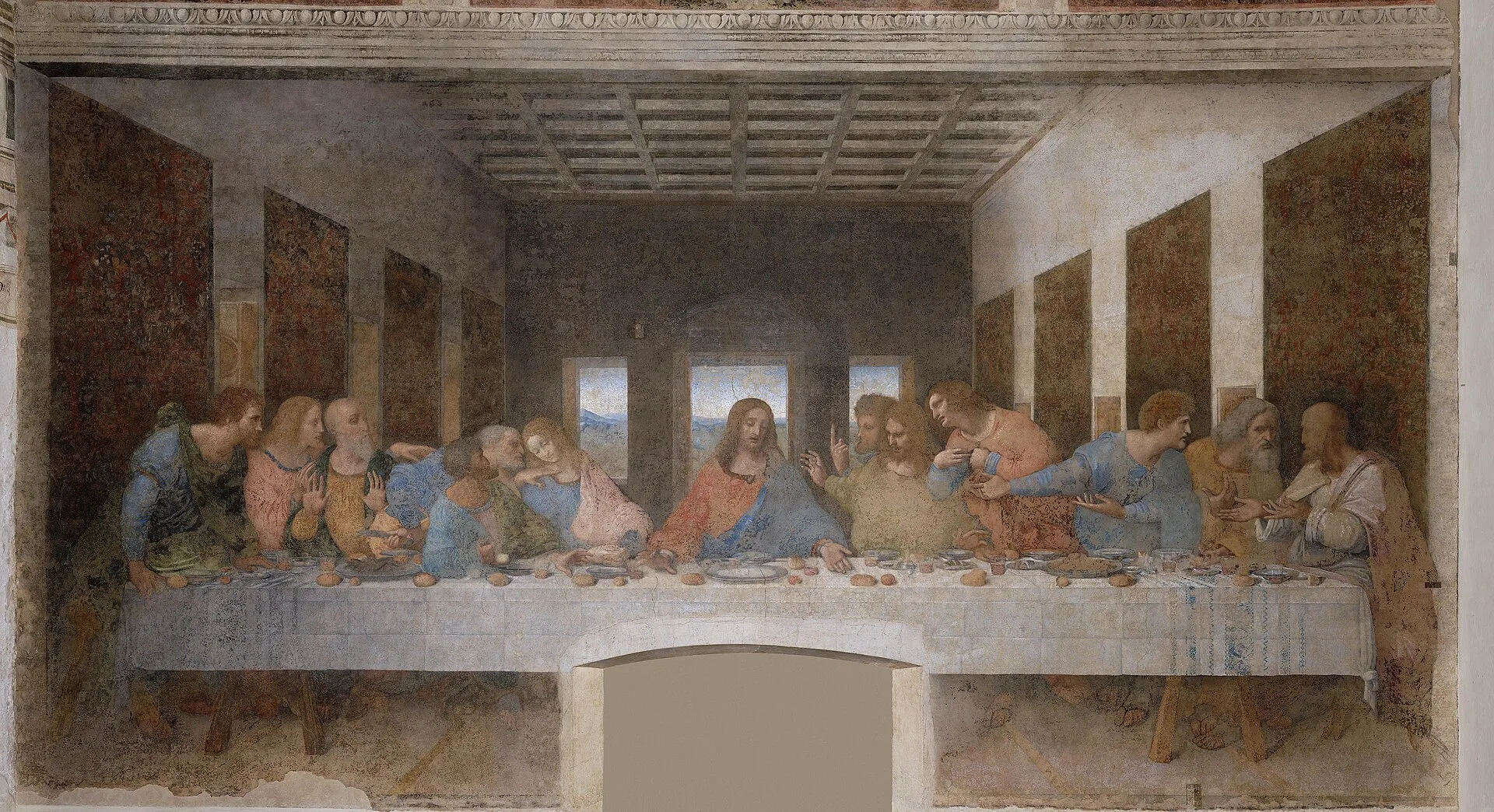Serhiy Danilov, one of the co-founders of the Anima.ua platform, talked about how people react to art, what they pay attention to in museums, and why it’s important not to hide behind irony.
One of the experiments conducted by the Anima.ua team was a study of the perception of religious painting using eye trackers — a technology that records the movement of the viewer’s eyes. The data was collected during visits to the National Art Museum of Ukraine. As it turned out, the vast majority — 85 to 90% — focus only on the faces of the icons, ignoring other details of the image. The viewers’ eyes automatically move in a triangle: left eye — right eye — mouth. This pattern proved to be typical for brief contact with a work of art: visitors spent about 15 seconds on each icon.
However, there is a small percentage of people who tend to ‘unpack’ the image more deeply — looking not only at the face, but also at the clothing, background, gestures, and symbolism. This indicates a different level of engagement, where a person voluntarily allows themselves to be emotionally and mentally present in a dialogue with art.
Read also: Locusts are attacking Ukrainian fields – farmers are warned about the threat to crops
The museum as a ritual and a way to personalise the experience
According to Danilov, visiting a museum often becomes more of a social ritual than a manifestation of deep interest in art. In many cases, people do not seek artistic contact, but come to the museum as part of a cultural itinerary. For example, a photo in front of the Mona Lisa at the Louvre becomes a way for tourists to ‘appropriate’ a cultural artefact through a selfie — to make art part of their personal experience.
This phenomenon is also characteristic of Ukrainian museum visitors. Many of them remain in ‘contemplation mode’ without deep reflection, although the museum’s potential lies elsewhere. According to Danilov, a museum is a space for social synchronisation, where people, by opening up their thoughts, learn to resonate with the experiences of others.
Why we don’t always understand contemporary art
Contemporary art occupies a special place in perception, often evoking scepticism or rejection. A common reaction is the phrase ‘what nonsense is this’, which, according to Danilov, is an indicator of as yet unactivated attention. Contemporary art does not always provide a ready-made answer — on the contrary, it provokes questions. The main thing is not to be ironic or dismissive, but to ask yourself: why did the author create this, what did they want to say, what experience did they want to convey?
Irony, as Danilov notes, is a defence mechanism. People are not capable of constantly being in a state of deep experience of being, because this requires great internal resources. At the same time, art itself creates a space in which these states are possible — at least for a moment. And only by opening ourselves up to this experience can we feel emotional relief, a connection with others and with ourselves.
A shared vision — a shared experience
According to the expert, the key to interacting with art is the choice between being present or distancing oneself. A work of art does not impose itself, but gives a chance for empathy. It is in such moments that cultural synchronisation occurs — something that connects people through experience, even if they do not articulate it in words.
Ukrainian society, which is experiencing the extremely difficult challenges of war, transformation and the search for a new identity, needs space for such cultural dialogue. Museums are becoming not only places of exhibition, but also spaces for shared experience, understanding and the formation of new meanings that respond to the demands of the present.
Read also: Russia’s kidnapping of generations destroys Ukraine’s future



